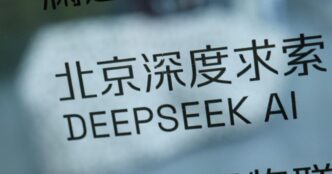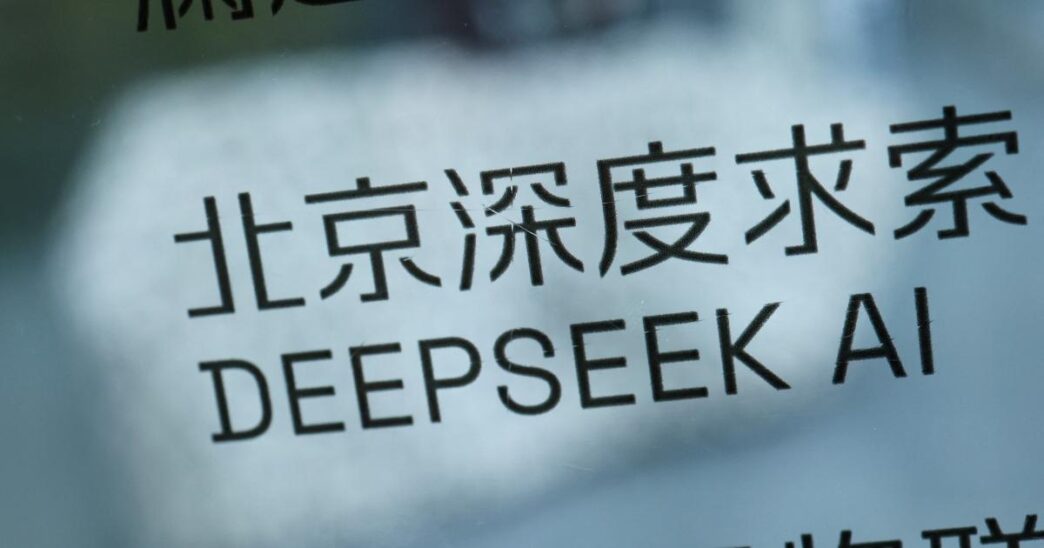Moonshot AI just launched Kimi K2, a new open AI model that can autonomously handle complex tasks. The release is being called another “DeepSeek moment” because it follows the wave started by DeepSeek’s 2025 R1 model. Both companies are Chinese and making open, customizable AI models that could rival top U.S.-built systems.
The issue started when DeepSeek’s R1 model hit 33 million global users in January 2025. By April, that number almost tripled to 97 million active users. On top of that, Hugging Face’s CEO says over 500 versions derived from R1 were downloaded 2.5 million times in January alone, showing strong demand for adaptable, open AI tech.
This isn’t just about China catching up. It’s about a broader trend: open AI models from China are gaining ground worldwide, especially in developing countries. They’re cheap, easy to customize, and perform well—threatening U.S. dominance in AI soft power, not just the tech race.
China leverages these models for health care, education, and workforce development, offering a low-cost alternative that U.S. closed models can’t match. Beijing openly supports open AI innovation, while the U.S. focuses on closed systems and export controls to limit China’s access to advanced chips.
Foreign Ministry spokesperson Guo Jiakun recently said China wants to "share the benefits of open AI with other countries," signaling a strategic push to build influence with AI, especially in the global South.
The United States still has a chance to win the contest for global AI diffusion.
The U.S. fears China using AI militarily but risks missing the larger picture: AI’s potential as a global growth engine and soft-power tool. Open AI models like DeepSeek’s R1 and Moonshot AI’s Kimi K2 have performance close to closed U.S. systems and appeal more to countries wanting to customize local solutions at low cost.
China’s strategy ties into its bigger goals, including digital infrastructure investment via the Digital Silk Road. Companies like Huawei, Alibaba Cloud, and Huawei Cloud are growing overseas data centers, setting the stage for Chinese AI deployment worldwide.
The U.S. is responding: OpenAI plans to drop an open-source model by late summer 2025 after CEO Sam Altman admitted they were “on the wrong side of history” on openness. Google also rolled out its Gemma open models, though they lag behind their own closed ones. OpenAI just cut the price of its o3 model by 80% to stay competitive.
The key to beating China is fast action by U.S. policymakers—support open AI, back research through programs like the National Artificial Intelligence Research Resource, and rethink export controls to reflect the importance of AI inference chips.
The latest moves from DeepSeek and Moonshot AI show export controls alone can’t stop China’s open AI push. The U.S. must promote its own open models and adjust tech policy, or risk losing critical AI influence to China in developing regions worldwide.










